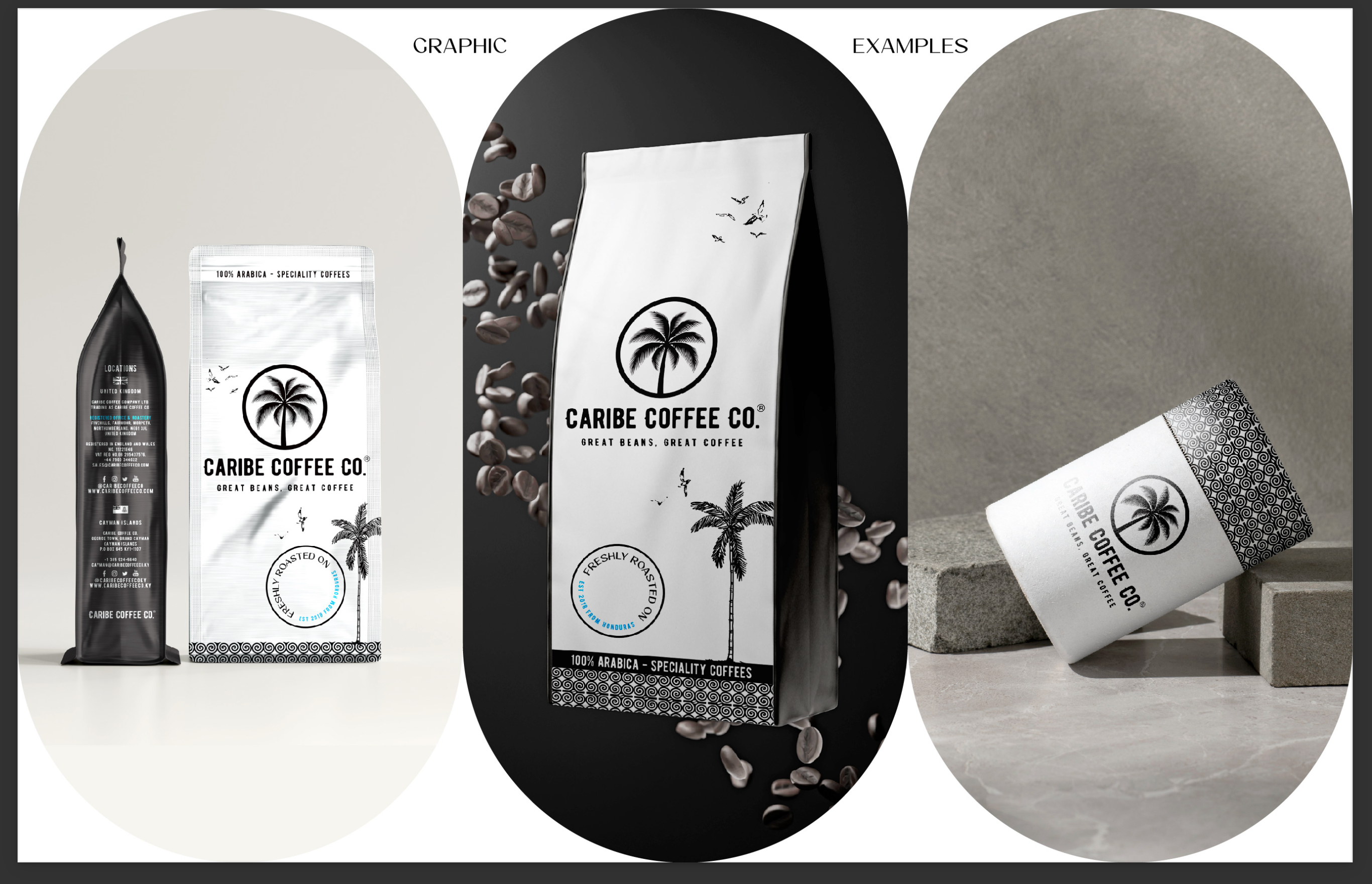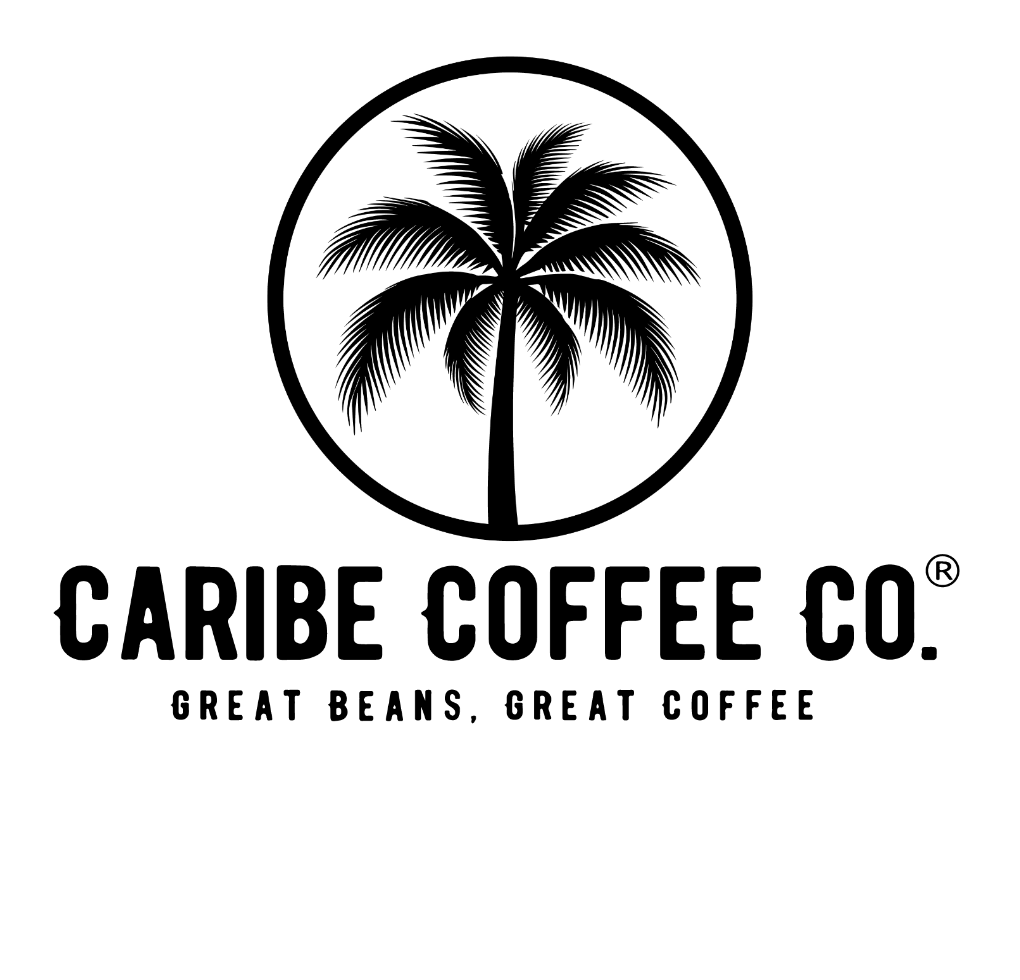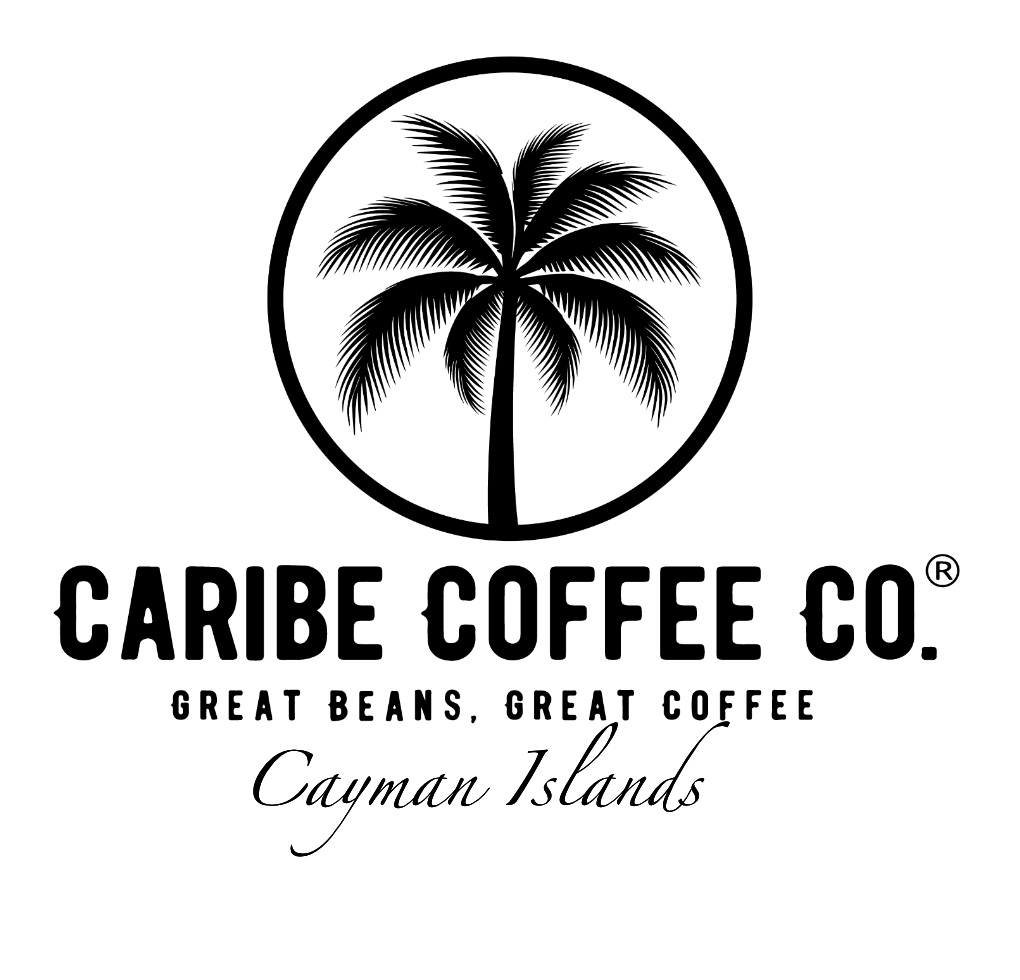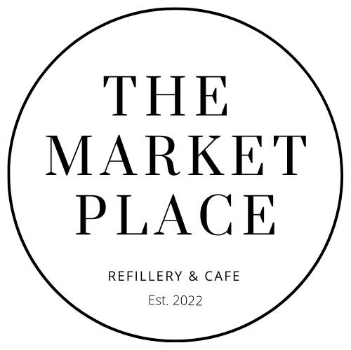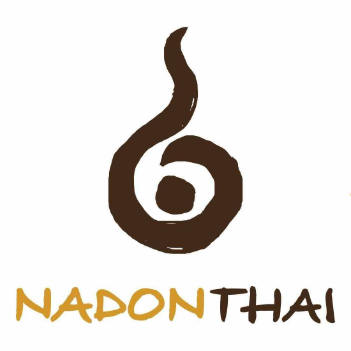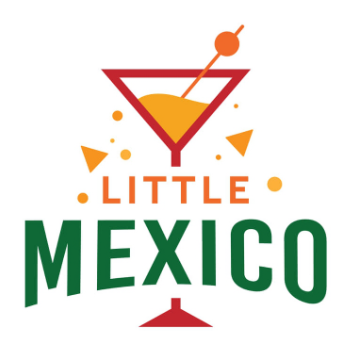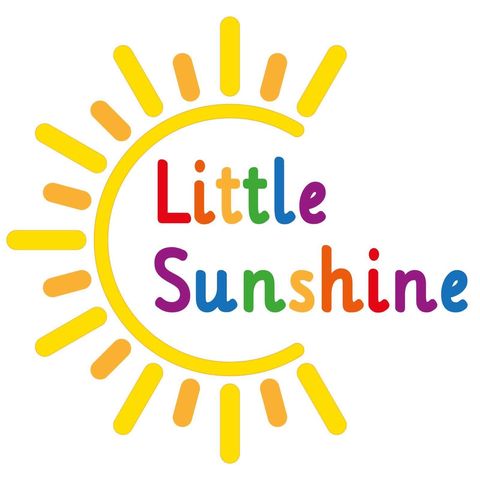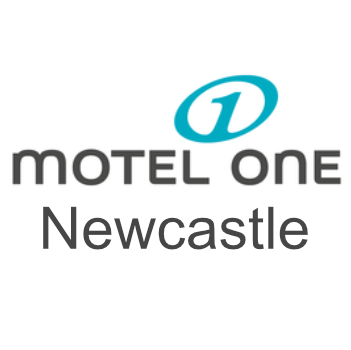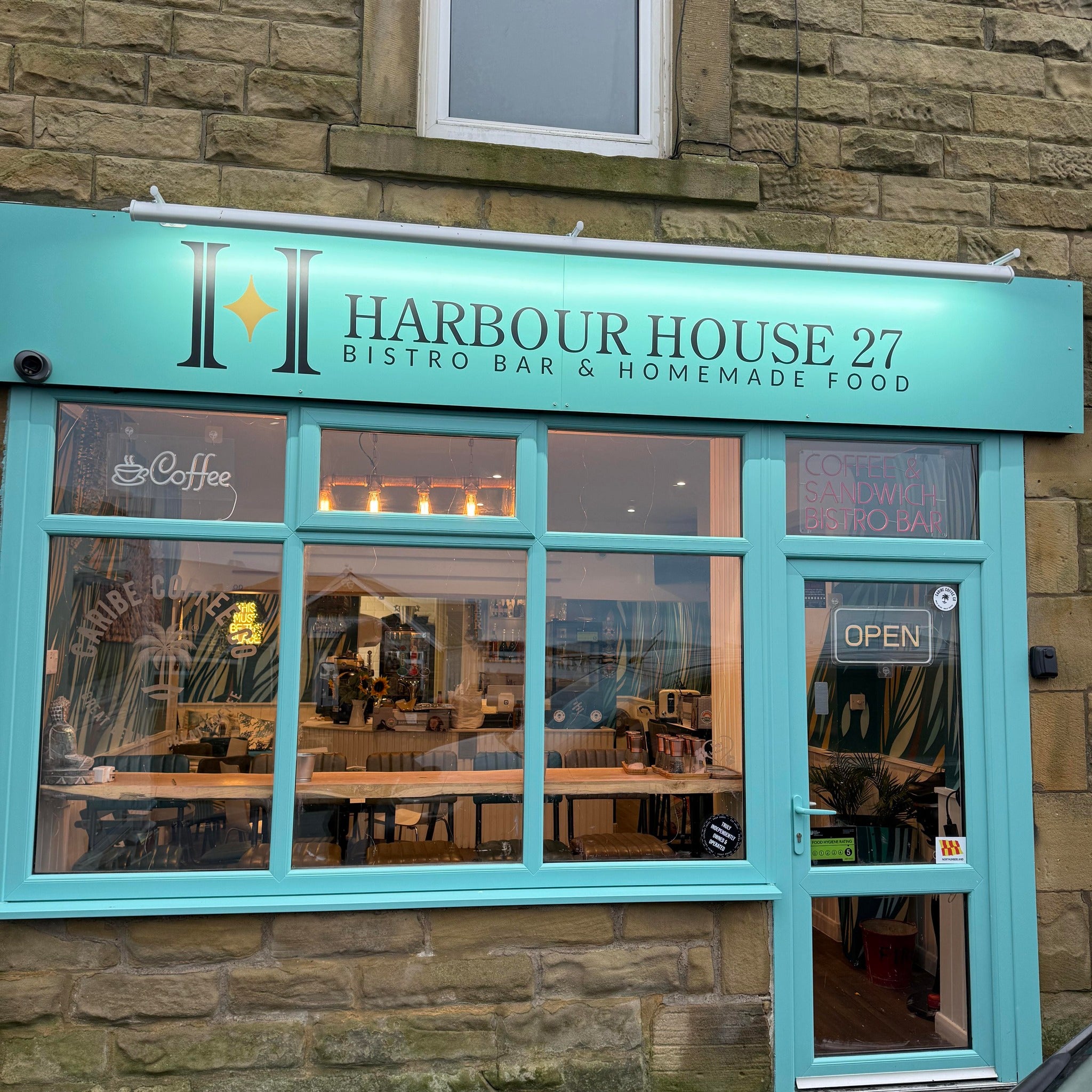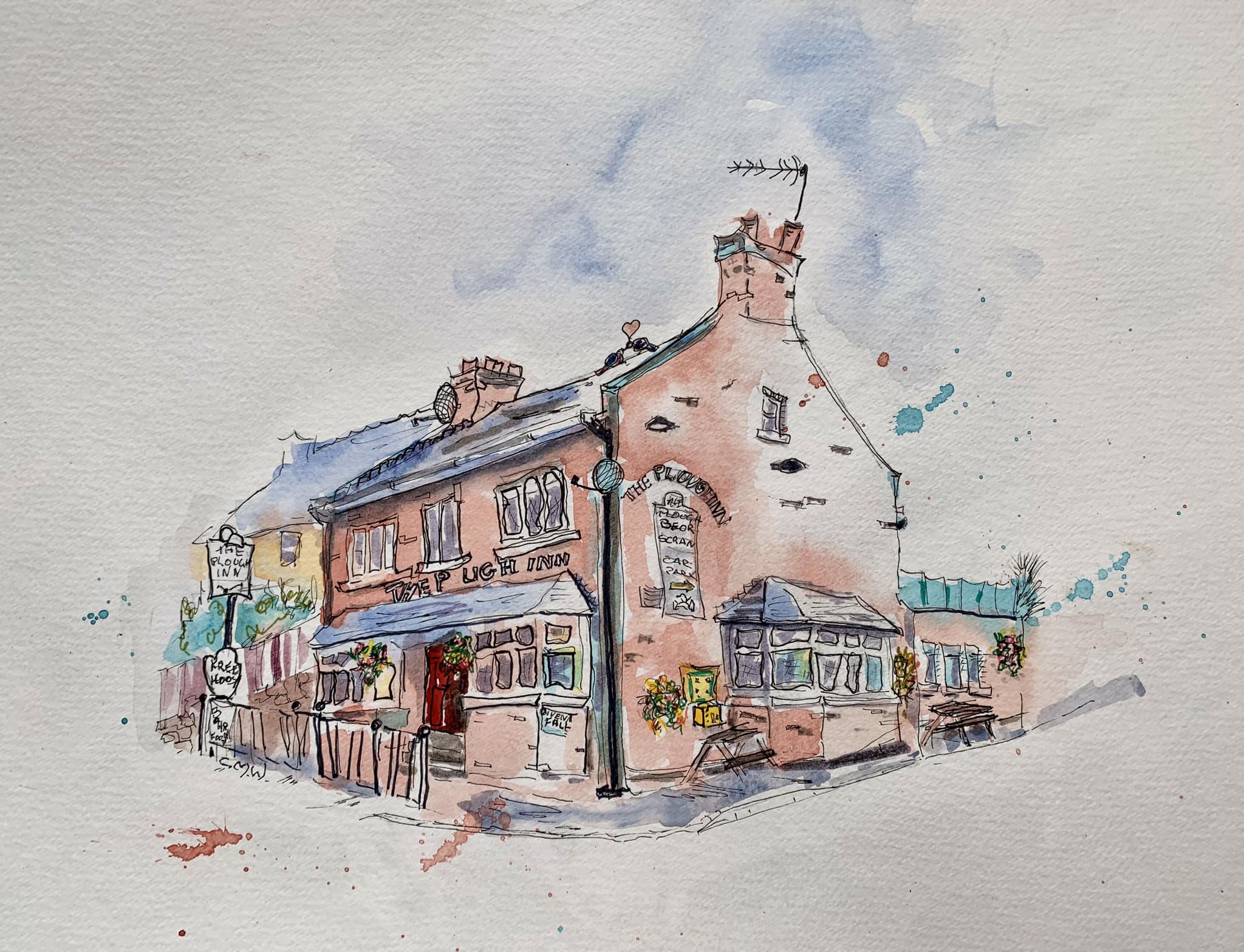When you see the Swiss Water® name, it means your favorite roaster offers 100% chemical-free decaffeinated coffee


All decaffeination processes are not created equal.
METHYLENE CHLORIDE
A widely-used method of chemical solvent decaffeination uses Methylene Chloride, or dichloromethane, to remove caffeine particles from coffee. Unfortunately, it's not the safest substance, and has been banned in paint thinners and other industrial products for its toxicity. The use of Methylene Chloride as a decaffeination solvent is ages-old, but personally, we’d prefer to avoid even the smallest amount in what we consume.


